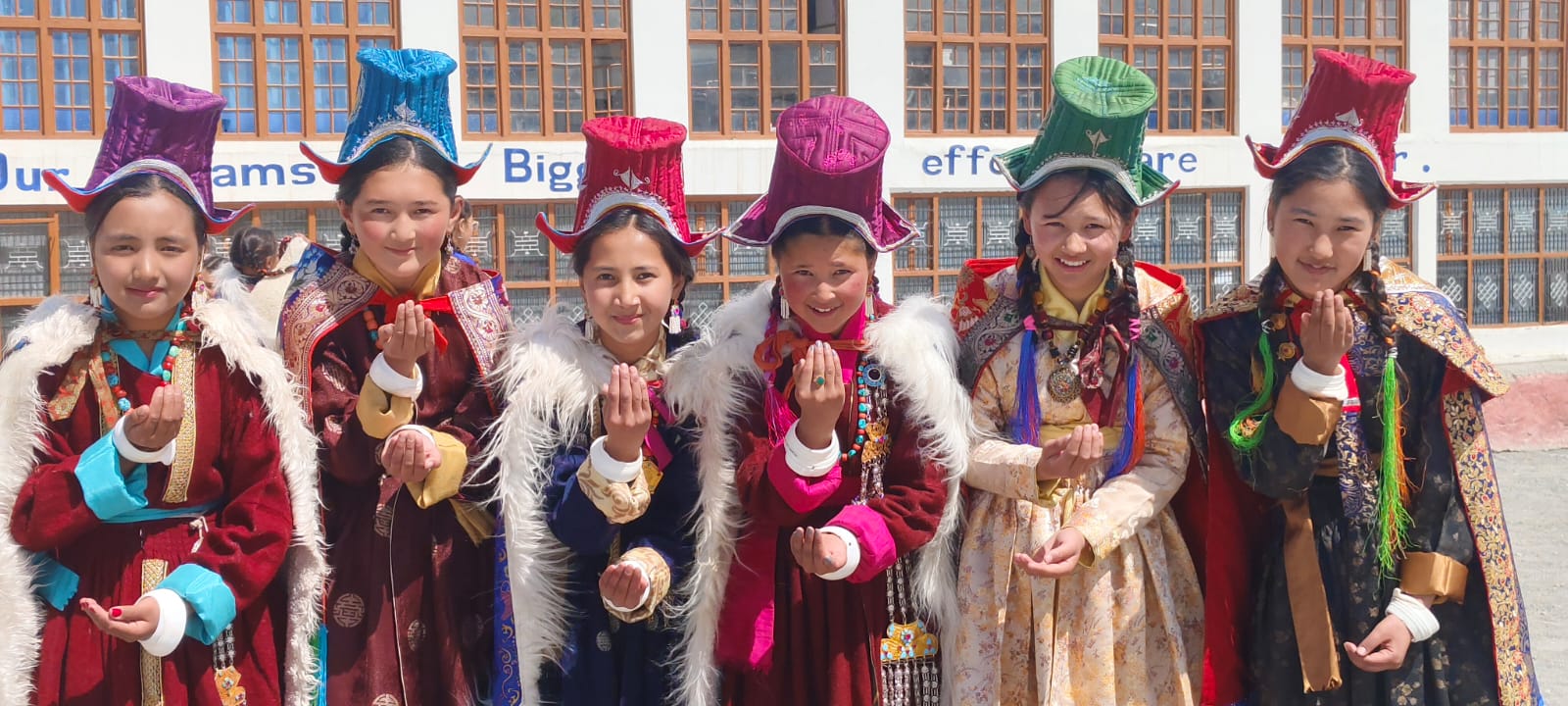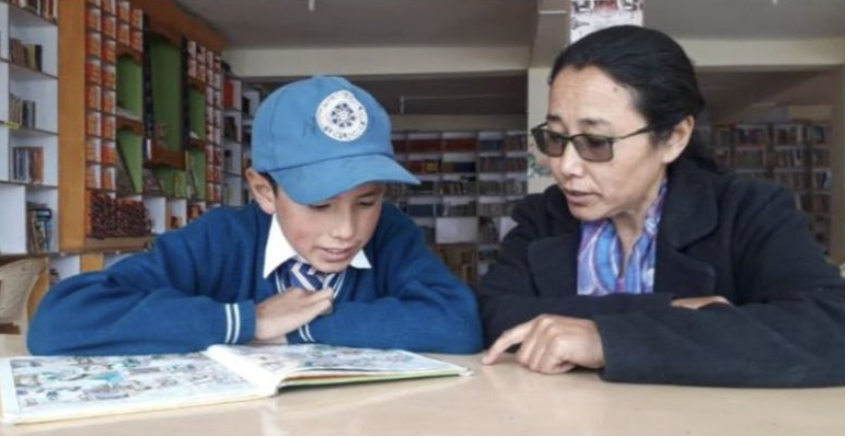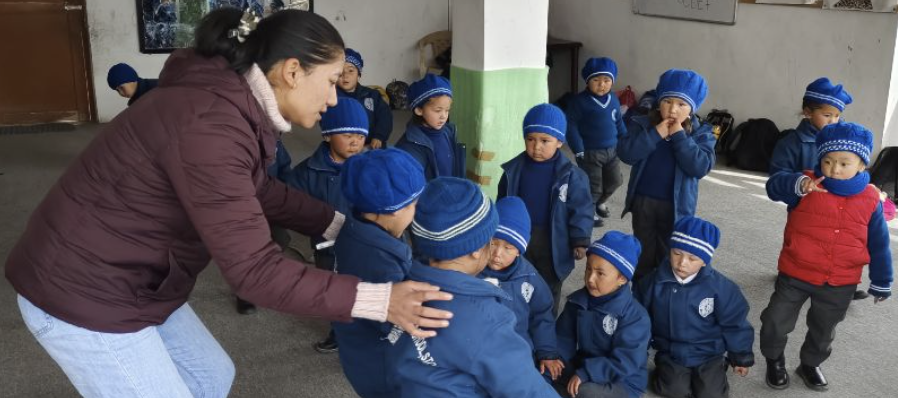For 20 Years, Siddhartha School Had No Running Water. Today, on World Water Day, we remember how the school’s current access to water was first realized on April 8, 2015.

Many homes in Ladakh still have no running water. This issue is due to the arid location. Precipitation in Ladakh is scarce–just 2 to 2.75 inches (50-70 millimeters) per year. Annual precipitation is extremely low due to the rain shadow effect caused by the Karakoram Range on one side, and the mighty Great Himalaya and Zanskar Ranges on the other side.

So how do the residents and farmers of Ladakh survive? Roughly 800,000 gallons (3,030 cubic meters) of water is supplied to Leh from three sources: direct extraction from the Indus riverbed in the heart of the Leh Town (1.7 miles, or 2.75 kilometers, from the school), digging borewells in Leh Town and upper Leh areas, and through springs and diversion channels.
The Siddhartha School is not close enough to the Indus River to extract or divert its water, so for decades, water was trucked to the campus and stored in large plastic cisterns. The water quality was low, the cost was high, and its use heavily restricted. Handwashing was infrequent, and the children staying in the hostels often wore dirty uniforms. Faced with this challenge, Khensur Rinpoche Lobzang Tsetan, local Ladakhis, and the Partnership identified a piece of land for sale not far from the school that held the prospect of a water-producing borewell.

Photo: Once the borewell was dug, handwashing increased exponentially, and students were more lively and focused once drinking water was made available to them.
The total cost of purchasing the land, drilling a borewell, and pumping water to the school was determined to be $49,000. The Partnership shared this project with our community of supporters in 2014. The response from several generous donors was inspiring! Plus, The GO Campaign awarded us a water grant. By March of 2015, the total cost had been raised, but one question remained: Would the borewell produce water? SSP co-founder Laura Kozaitis describes the day the borewell was created: “Everyone hoped there was water on the new property. Monks and teaching staff came to the site to make offerings to the local earth spirits, called lhu, and to pray to the Buddhas and Bodhisattvas for water to be found and plentiful for the children. Afterward, a technician came to the site and installed a pump to drill. We were praying they’d strike, finding water very soon, and broaden our happiness. Within hours, the drill brought plentiful water up from the ground, a great gift to be given to the school on the very auspicious holiday of Buddha Purnima, a holy day to Buddhists the world over. Rejoicing, the students and staff used this first water to mix with white pigment to make paint. We used this paint that afternoon to whitewash all the stupas (Buddhist monuments) and beautify the village.”

“With running water at the school, we are staying cleaner. This makes me feel better—inside and out.It is as if by being cleaner, my body feels
lighter and stronger.”
–Stanzin Padma (pictured), Siddhartha School dormitory student, 2015
Now, in March of 2021, the system is still yielding water and is truly a blessing to our students and teachers. On this World Water Day, we recognize both the life-giving power of water and the opportunity-creating power of our donors.
With gratitude,
Alex Stigliano
Executive Director
Siddhartha School Partnership



